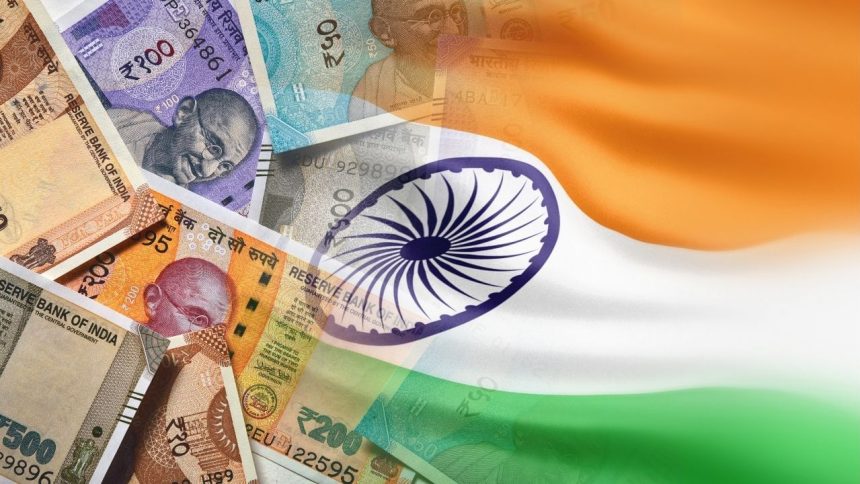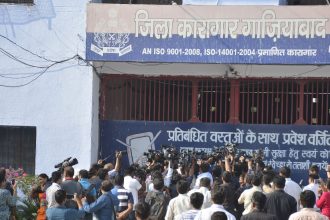New Delhi: India’s launch of Operation Sindoor after the killing of 26 civilians in Jammu & Kashmir’s Pahalgam has revived not just national security concerns, but also memories of the economic toll of past wars with Pakistan.
From 1947 to 1999, India fought four full-scale wars and several limited conflicts with its belligerent western neighbour. Each conflict/ war has followed a now-familiar arc — loss of lives, bloated defence budgets, and GDP growth hit.
Defence spending shoots up with wars
Conflict has consistently forced India to dig deeper into its military coffers. SIPRI data shows how defence expenditure spikes during wartime. During the 1965 War, the defence spending rose from Rs 3,935 crore to Rs 4,665 crore. During the Indo-Pak war of 1971, the defence spending rose from Rs 5,805 crore to Rs 6,684 crore. In the 1984 Siachen conflict, expenditure jumped again, and during the 1999 Kargil War, the spending rose from Rs 51,605 crore to a whopping Rs 62,499 crore.
Such spending is critical for national security. However, it comes at a cost to development, welfare, and fiscal balance.
GDP growth has historically faltered amid geopolitical conflict
Contrary to the spending surge, GDP growth typically falters during war years. Data from the past war years shows how the economic growth has taken a hit every time India has had to engage in a war with its neighbours.
In 1965, growth plunged from 7.6 per cent to below 2 per cent. In 1971, GDP fell to 1.19 per cent post-war. In 1984 (Siachen), GDP growth dropped from over 5 per cent to around 2 per cent. 1999 (Kargil war), however, was an outlier year with GDP rising to 8.85 per cent, largely buoyed by global trends. However, the fiscal deficit crossed 9 per cent
The pattern is clear: defence bills rise sharply, while economic expansion slows or stagnates.
Markets wobble, then rebound
Despite this, financial markets have shown resilience. According to a report by Kotak Mutual Fund, geopolitical tensions usually trigger only short-term corrections, not long-term damage. During the Kargil War, the markets gained 36.6 per cent during the conflict year (1999). The Uri (2016) and Balakot (2019) strikes saw muted immediate reactions but double-digit one-year returns.
The Kotak Mutual Fund report outlines two possible outcomes depending on how the geopolitical situation unfolds. A prolonged conflict, it warned, could lead to a spike in inflation and fiscal deficit, potentially triggering a deeper market correction. However, if tensions de-escalate quickly, the economic impact will likely remain limited, with markets stabilising over the short term.
Advising calm, the fund house urged investors not to halt their Systematic Investment Plans (SIPs) or resort to panic selling. Instead, it recommended a staggered approach to fresh investments and suggested that those with the capacity could consider topping up existing allocations.
A price paid — Again and again
As Operation Sindoor plays out, India enters yet another chapter in its long history of conflict with Pakistan — a cycle of sacrifice, soaring defence costs, and economic strain. But if history is a guide, the country — and its markets — will recover.










